10 Things to Consider When Purchasing a Wireless Router for ITS
Multi-function wireless routers are not only space saving, but also powerful and easy for maintenance
Wireless routers are widely adopted in ITS applications, such as bus stops and in-bus networks. They transmit data without any obstruction for moving vehicles and also provide redundant connection for wired /Fiber backbone networks.
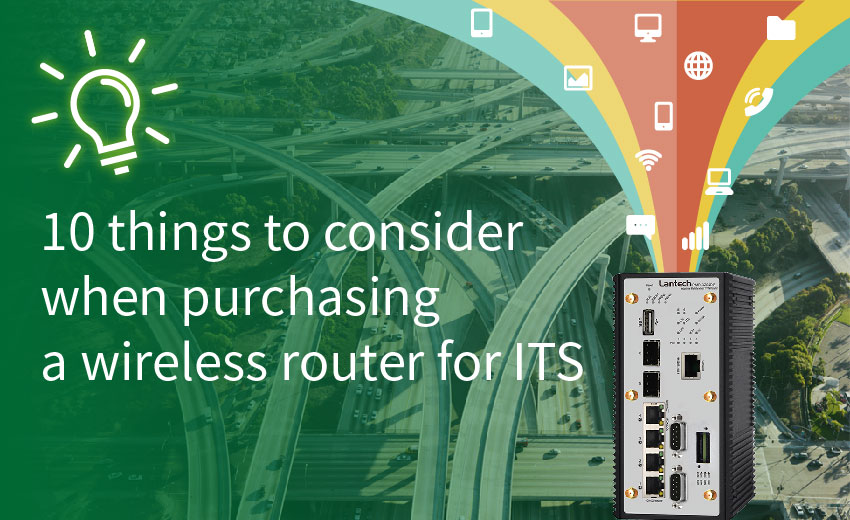
Is it a multi-function wireless router?
Currently, multi-function routers are very popular due to their space saving features and cost effectiveness. More and more functions are being integrated into a compact wireless router. For example, Lantech have launched a series of 7-in-1 routers in to the market, which include Wi-Fi, LTE, Storage, PoE, Gateway, VPN, and Managed Switch. Reducing the number of devices within a network also reduces the operational & maintenance requirements.
For mobile connectivity, does it provide redundancy?
A router with two built-in 4G LTE modules (up to 4 sim card slots) provides further protection, this also provides a fast recovery time to the network compared to a router with only one 4G LTE module. It allows the possibility to choose different 4G service providers in order to reduce risk when a provider is down ensuring continuation of service.
Can it optimize your network bandwidth?
With limited bandwidth, the best way to manage bandwidth has become a major concern. Adopting a wireless router with built-in “Load Balancing” technology provides a way to optimize LTE/WAN connections according to the application.
Security, security, security
Increased network attacks have become a critical issue, especially for ITS networks. Imagine if the ITS network is hacked and an anonymous person takes control of a public transportation system. This is why security is critically important in ITS applications. A firewall is essential and the VPN helps support this by creating an isolated and secure connection.
eSIM is a future-proof spec
eSIM is available in some countries now and it’s expected to become more widespread. With eSIM, it will no longer be necessary to insert a SIM card during installation, neither will it be necessary to remove the SIM card when changing carriers. It will not only reduce the installation time but will also help reduce the risk for the SIM card to be inserted incorrectly.
Does it support ignition sensing?
In a normal situation, when a vehicle is powered off or the Idling Stop/Start System is switched on, the connected router will power off immediately as well. This means all the data transmissions will be interrupted and all the connected PoE devices will lose power as well. Ignition sensing allows users to delay powering off the router with a designated delay time.
Input voltage and isolation protection are important
ITS applications cover a wide range of vehicles and services. They all come with different power supply voltages. An ideal wireless router for ITS should be able to work on a vehicle with a 12/24VDC power input and should also be able boost the voltage to 48VDC to supply power to PoE devices such as IP cameras. However, just being able to boost the voltage to the required level is not the full requirement, the router/switch needs to provide isolated power, and have built in surge protection without this the router may become damaged due to the unstable power supply from the vehicle system, especially during vehicle starting, eventually this would cause a loss of service.
Does it support Wireless Roaming and MESH?
The support of wireless roaming and MESH can build a stable and reliable wireless network for moving vehicles. The vehicles can stay online for constant monitoring and provide higher service quality.
Which wireless standard dose it support?
Some products are still using the old IEEE 802.11n Wi-Fi standard while IEEE 802.11ac provides faster and cleaner wireless thanks to its dual band ability. The 802.11ac standard has been around for several years already and is well established for industrial applications.
Any extra features?
Besides the key factors mentioned above, there’re some special features that make the routers easier to use and add extra benefits such as built-in USB port, serial ports, etc.
Multi-function wireless routers available in the market
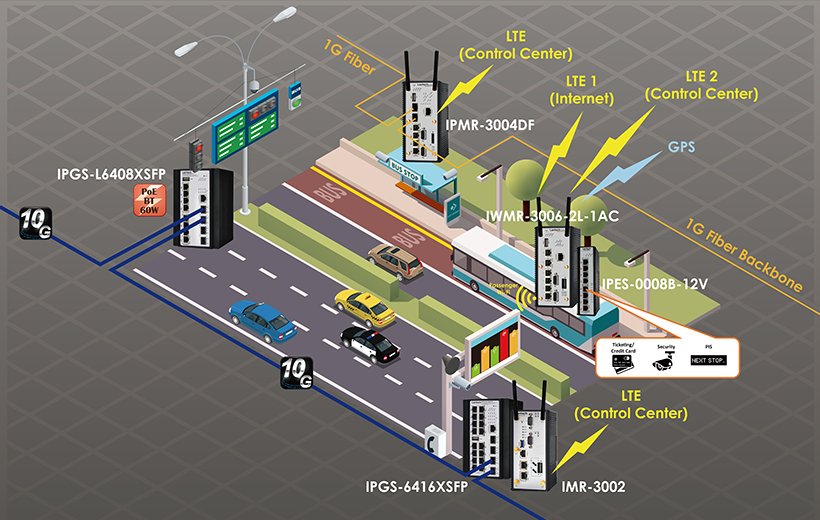
2025 © Lantech Communications Global, Inc. ALL Rights Reserved. Privacy Policy | Terms of Service

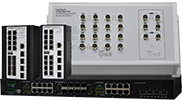
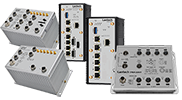
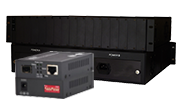


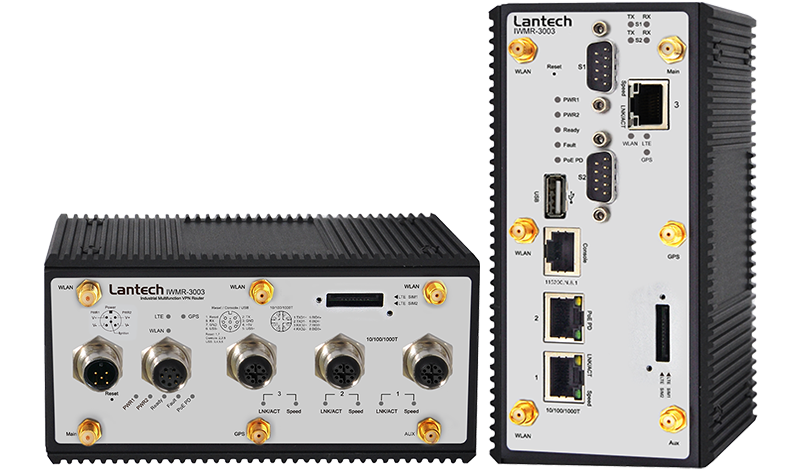 A multi-function 4G LTE + 802.11AC Wi-Fi router with 3 Giga RJ45 Ethernet ports
A multi-function 4G LTE + 802.11AC Wi-Fi router with 3 Giga RJ45 Ethernet ports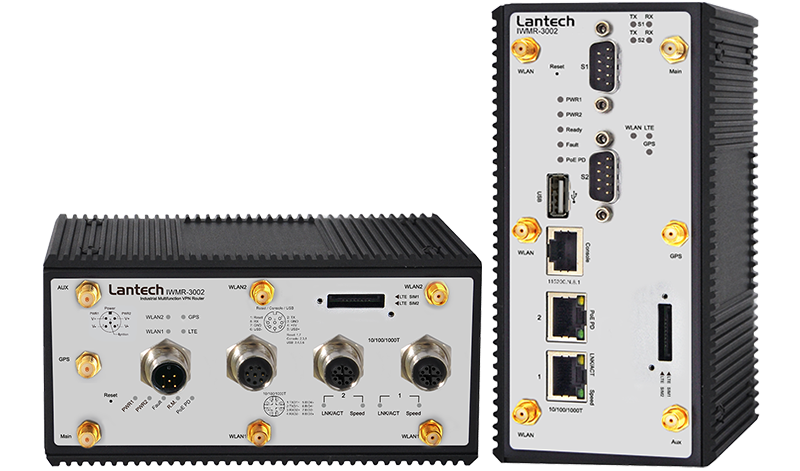 A multi-function 4G LTE + 802.11AC Wi-Fi router with 2 Giga RJ45 Ethernet ports
A multi-function 4G LTE + 802.11AC Wi-Fi router with 2 Giga RJ45 Ethernet ports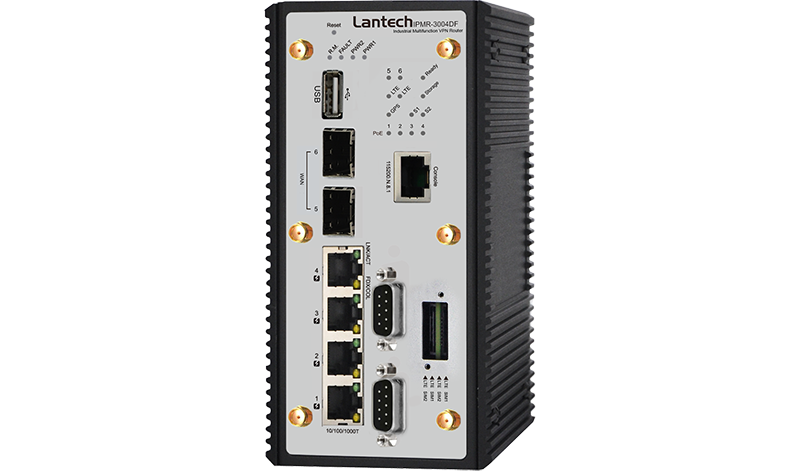 A multi-function 4G LTE router with 4 Giga PoE RJ45 Ethernet ports & 2 LAN/WAN SFP fiber ports
A multi-function 4G LTE router with 4 Giga PoE RJ45 Ethernet ports & 2 LAN/WAN SFP fiber ports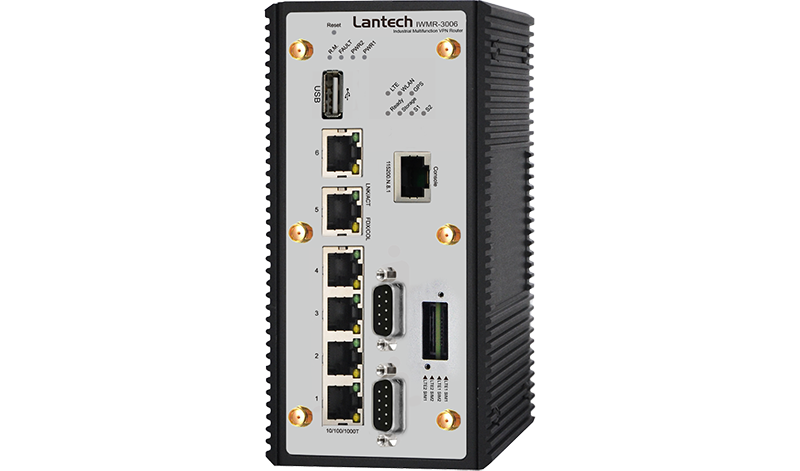 A multi-function 4G LTE + 802.11AC Wi-Fi router with 6 Giga RJ45 Ethernet ports
A multi-function 4G LTE + 802.11AC Wi-Fi router with 6 Giga RJ45 Ethernet ports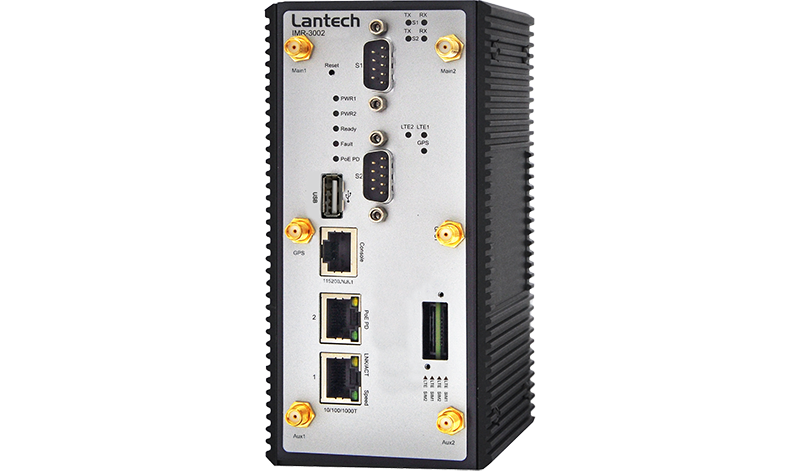 A multi-function 4G LTE router with 2 Giga RJ45 Ethernet ports
A multi-function 4G LTE router with 2 Giga RJ45 Ethernet ports